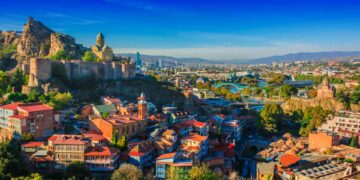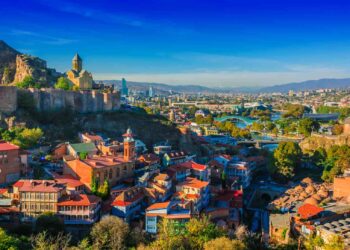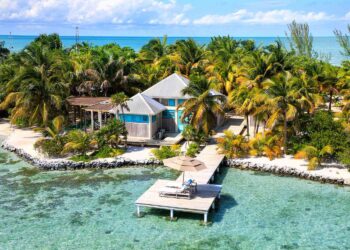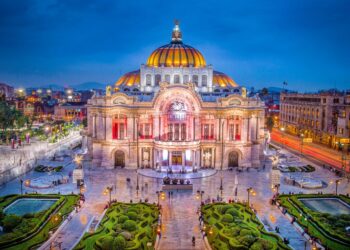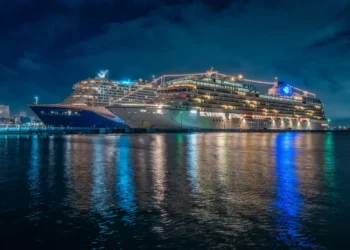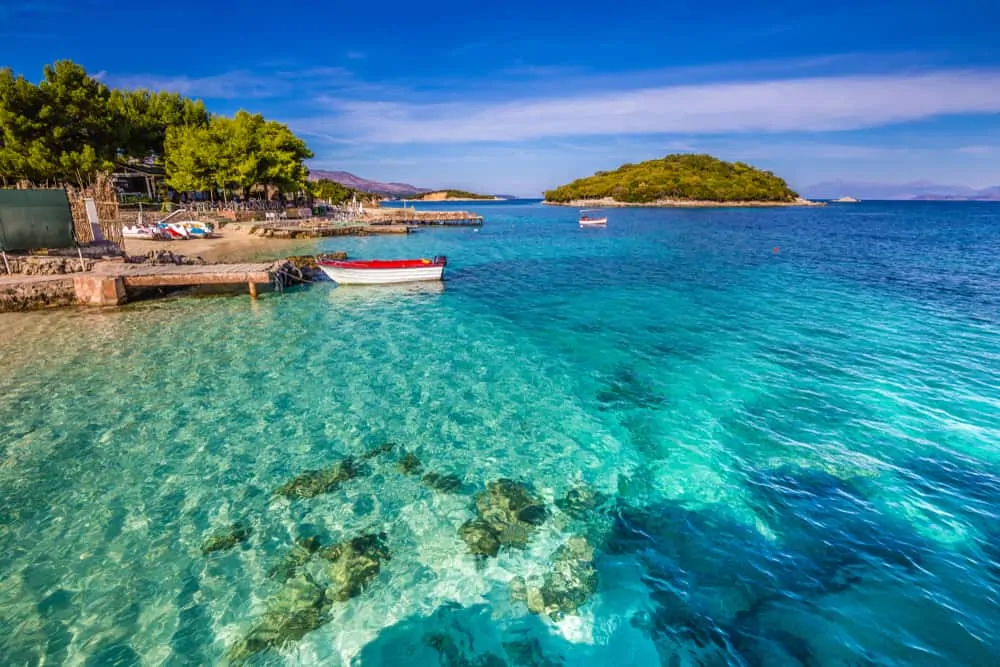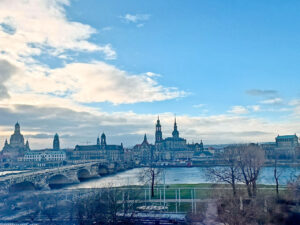
Dresden, the capital of Saxony, wears its Baroque splendour like a crown. Now substantially rebuilt, a rising phoenix from the ashes of the firestorm of the Second World War, it truly feels like a city built for kings by kings. The Dresden Royal Palace houses magnificent artworks of gold, silver, gems, ivory, bronze and amber and the newly restored Frauenkirche dominates the skyline.
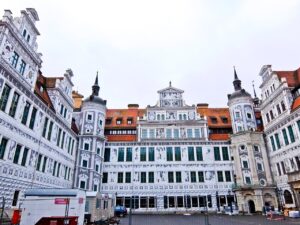
While its baroque palaces and stunning landscapes have long been a draw for travellers, there is a hidden gem in this city that resonates just as profoundly – its rich and diverse musical scene. Dresden’s musical heritage, deeply rooted in history, is there for everyone to experience, often in the surroundings of the city’s Baroque palaces and churches.

Semperoper
The jewel in Dresden’s musical crown is the Semperoper, a majestic opera house that stands as a testament to the city’s commitment to the performing arts. Built in the mid-19th century by architect Gottfried Semper, the opera house has seen the premieres of numerous works by Richard Strauss and Richard Wagner, two iconic figures in the world of classical music.
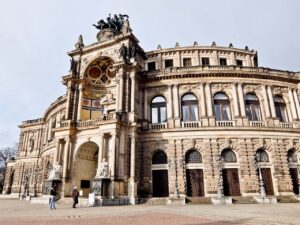
In 1945, during the last months of World War II, the building was largely destroyed by bombing and the subsequent firestorm, leaving only the exterior shell standing. It wasn’t until exactly 40 years later, on 13 February 1985, that the opera’s reconstruction was completed. The acoustics within this architectural marvel are unparalleled, making it an ideal venue for operas, concerts, and ballets. I’m lucky to catch a performance of Swan Lake by Dresden Ballet.
Dresden’s Churches
Dresden’s musical soul extends beyond the walls of the Semperoper and finds a sacred resonance within its historic churches. The Frauenkirche, a symbol of the city’s resilience and reconstruction, is not only a testament to faith but also a hub for magnificent musical events. The church hosts regular concerts featuring classical compositions and organ recitals, enveloping visitors in an ethereal aura of spirituality and sound.
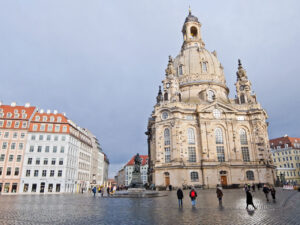
Similarly, the Dresden Cathedral, or Katholische Hofkirche, with its stunning baroque architecture, serves as a backdrop for various musical events. It’s here that you witness the harmonious interplay between the divine and the artistic as choirs and orchestras bring the cavernous space to life. It’s one of those once-in-a-lifetime experiences.
Dresden Philharmonic
The Kulturpalast, with its sleek design and state-of-the-art acoustics, is a symbol of Dresden’s commitment to fostering a thriving cultural scene. It’s now the permanent home of the Dresden Philharmonic. This renowned ensemble has been enchanting audiences for centuries with its transcendent performances.
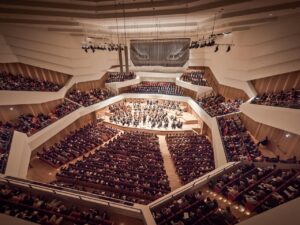
The orchestra’s repertoire spans classical masterpieces to modern compositions, providing a musical journey that transcends time and genre. On a cold Sunday teatime, I hear a lively chamber performance of Gulda’s Concerto for Cello, Wind Orchestra and Band followed by a slightly more staid Serenade No.10 in B-flat Major by Mozart.
Zwinger Palace
The Dresdner Residenz Orchestra presents classical concerts, gala concerts, children’s and family concerts as well as small operas in a different way in the Wallpavillon of the Dresden Zwinger Palace. The annual Dresden Music Festival, held in the Zwinger’s courtyard, attracts international musicians and music enthusiasts alike.
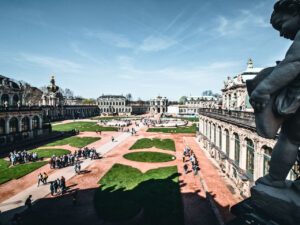
If your primary focus is on music, and time is limited, an easy way of getting a taster of Dresden’s greatest architectural hits is to take a Hop-On-Hop-Off Bus Tour. Taking around two hours with 22 stops, it starts with Dresden’s famous landmarks in the old city including the Baroque magnificence of the Zwinger Palace and reconstructed splendour of the Frauenkirche.
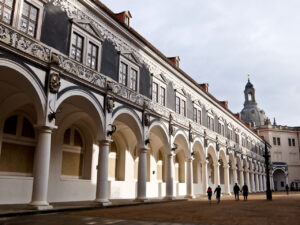
It then follows the Elbe River before crossing to the other side, climbing up past Royal Palaces then descending to the Neustadt. Finally, after a quick circuit it crosses the river back to the old town. There’s a running commentary in English and what’s great is that you’re able to get off at any attraction that takes your fancy.














